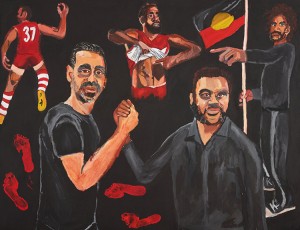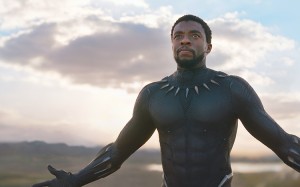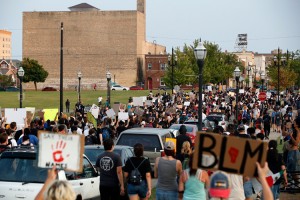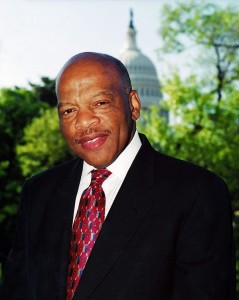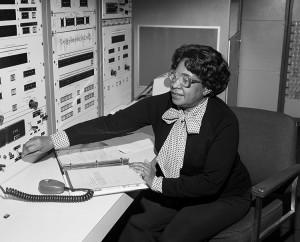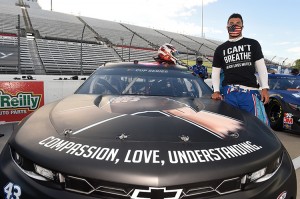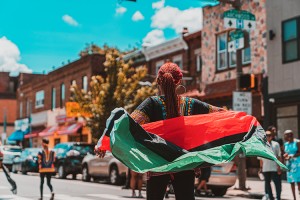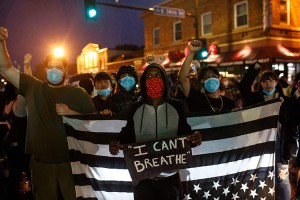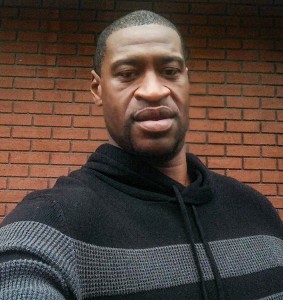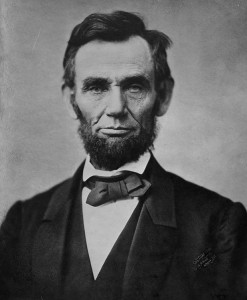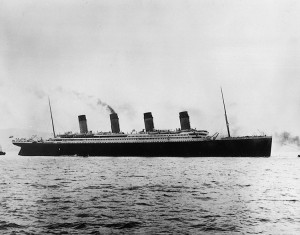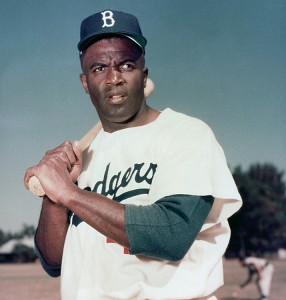“Wings of Gold” for Pioneering Black Aviator
Monday, October 5th, 2020
Madeline Swegle, the United States Navy’s first Black female tactical air pilot, stands in front of a T-45C Goshawk jet trainer aircraft at the Naval Air Station in Kingsville, Texas.
Credit: Michelle Tucker, U.S. Navy
This summer, the American jet pilot Madeline Swegle became the United States Navy’s first Black woman tactical air pilot. Tactical air pilots support military units on the ground and at sea, attacking enemy fighters and striking targets. Swegle earned the “wings of gold” insignia as a naval aviator. As a tactical air pilot, Swegle can fly such fighter jets as the F/A-18E/F Super Hornet.
Madeline Manhertz was born on Jul. 29, 1995, in Monterey, California. Her family later moved to Burke, Virginia, about 20 miles (30 kilometers) southwest of Washington, D.C. Manhertz became interested in planes at a young age, after seeing an aircraft presentation by the Navy precision flying team the Blue Angels. Manhertz graduated from the United States Naval Academy in 2017.
After graduating from the Naval Academy, Manhertz continued her training at the Naval Air Station in Pensacola, Florida. She then went on to the Naval Aviation Schools Command in Corpus Christi, Texas. In 2020, Manhertz married Naval aviator Scott Swegle. Months later, she finished her training at the Naval Air Station in Kingsville, Texas.
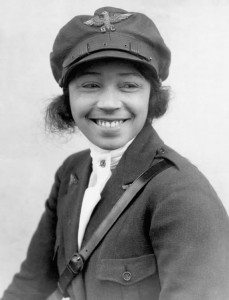
Bessie Coleman, a pioneering aviator, became the first Black woman to be licensed as a pilot. Coleman, shown wearing an aviator’s cap in this black-and-white photograph, earned her license in 1921.
Credit: © Underwood & Underwood/Corbis
Swegle is the latest in a long line of Black aviation pioneers. Another was Bessie Coleman, who, in 1921, became the first Black woman licensed as a pilot. In her 20′s, Coleman became interested in flying. In the United States, flight schools refused to teach her because she was Black and a woman. Robert S. Abbott, a Black newspaper publisher, encouraged Coleman to go to France for flight instruction. After studying French, she went there and earned her license. In 1922, Coleman began touring with air shows in the United States as a stunt pilot. Her performances and speaking engagements made her a celebrity.
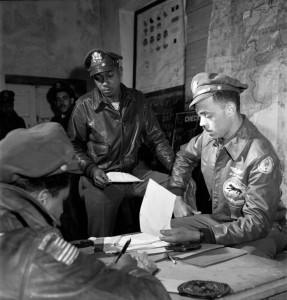
The Tuskegee Airmen were a group of Black pilots, crew, and support staff that served in the Army Air Corps during World War II (1939-1945). This photograph, taken in Ramitelli, Italy, in 1945, shows airmen at a tactical meeting.
Credit: Library of Congress
Two decades later, the Tuskegee Airmen broke new ground for Black aviators. The Tuskegee Airmen were a group of Black Americans who served in the Army Air Corps during World War II (1939-1945). The name Tuskegee Airmen is used most often to refer to combat aviators, but the group also included bombardiers, navigators, maintenance crews, and support staff.
The men were trained at Tuskegee Army Air Base, near Tuskegee Institute (now Tuskegee University), a historically Black college in Alabama. Members of the Tuskegee Airmen were the first Black Americans to qualify as military pilots in any branch of the armed forces. Many became decorated war heroes. The success of the Tuskegee aviators helped lead to a decision by the United States government calling for an end to racial discrimination in the military. In 2007, the United States awarded the Tuskegee Airmen the Congressional Gold Medal, the highest civilian award given by Congress.

